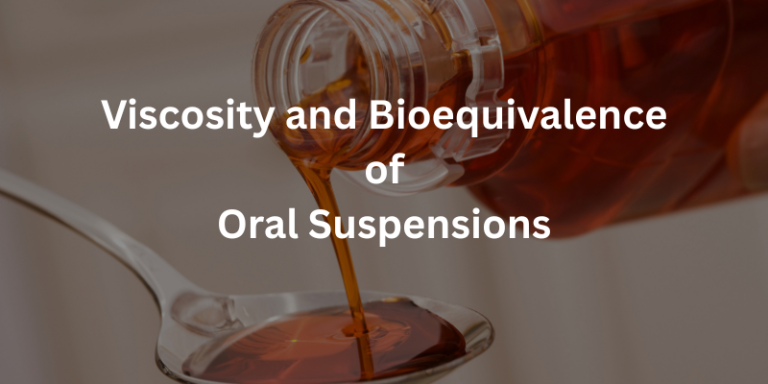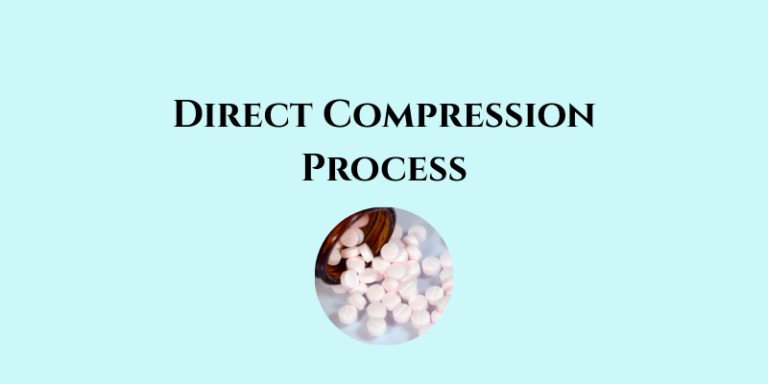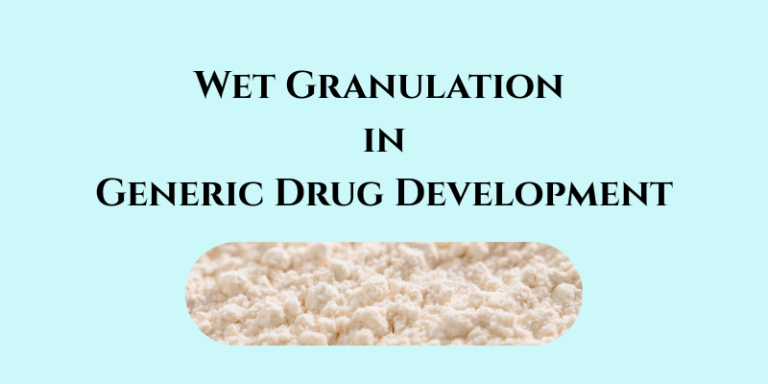In Vitro Tests Other Than Dissolution for Bioequivalence Assessment
While dissolution testing is a primary tool for predicting bioequivalence, several other in vitro methods contribute critical insights, especially for BCS Class II/IV drugs or complex formulations. Below is a list 1. Solubility Studies 2. Permeability Assays 3. Precipitation Kinetics and Supersaturation Studies 4. Dynamic Gastrointestinal Simulation Models 5. In Vitro Lipolysis 6. IVIVC 7….






